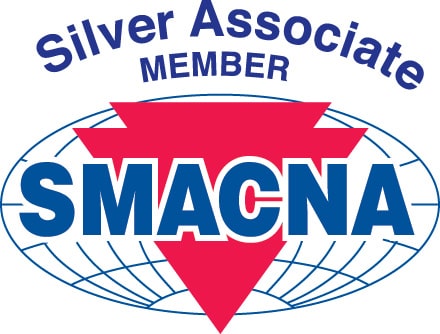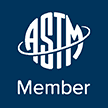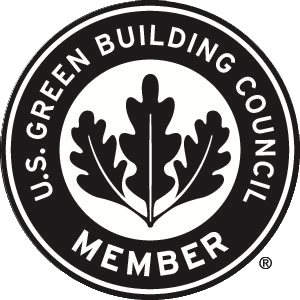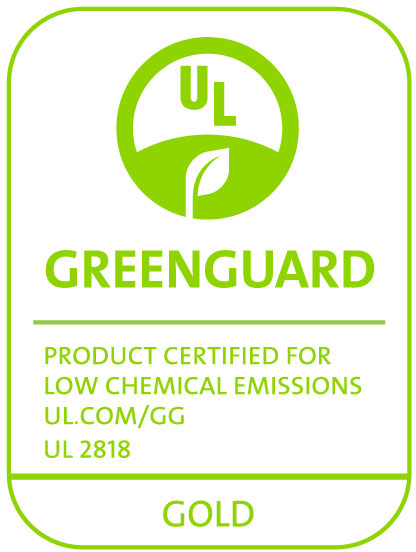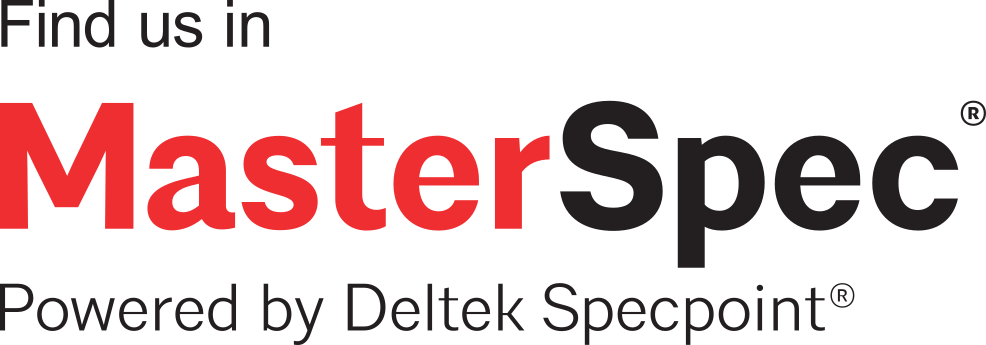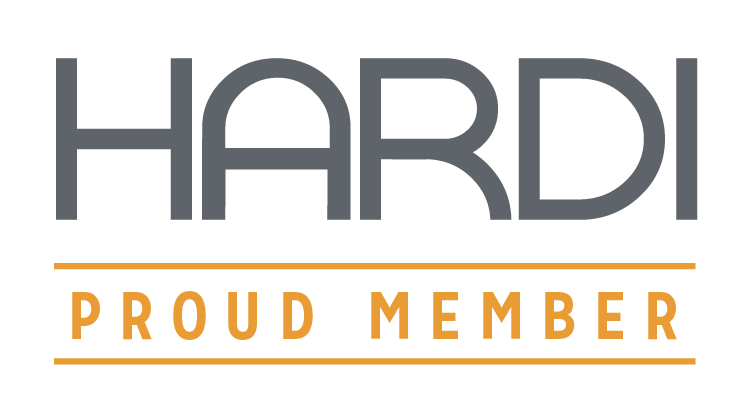Aeroflex USA offers a complete assortment of AEROFLEX® brand accessories to deliver fully-insulated, hermetic EPDM insulation solutions for your project. Unfortunately, insulation systems often fail due to incompatible or inferior, but critical, accessories such as adhesives, pipe supports, tapes and coatings.
AEROFLEX® factory-fabricated pipe supports and fitting covers, EPDM tapes, specially-formulated fast-tack/low-VOC contact adhesives and UV-protective coatings meet a wide range of operating conditions. All AEROFLEX® accessories are specifically designed and engineered to deliver long-term thermal insulating performance for your project.



